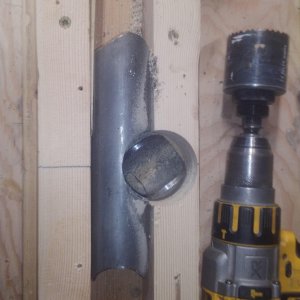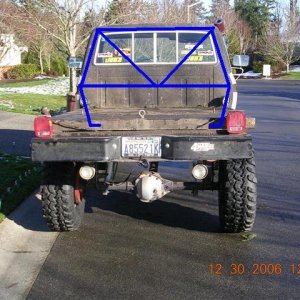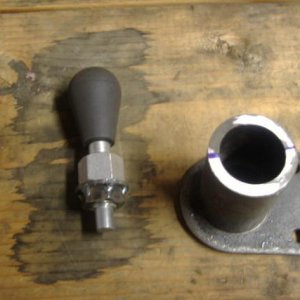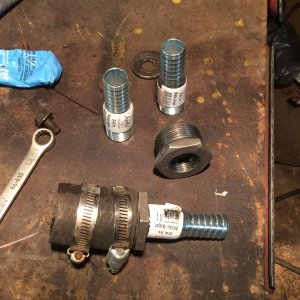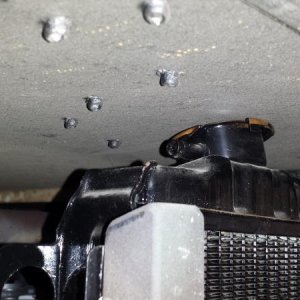Boonie Buster
Stuck on a Curb
http://store.summitracing.com/partd...839072+4294810048+4294852109+115&autoview=sku
Will that work in my setup, I have a dana 44 and 14 bolt rear, both have disc brakes like on the front of the dana 44 (3/4 ton) will that work with my setup? It has a vaccum diagphram, what does that mean? is that dependant on my motor? or is there one without a vacuum diagphram? I am assuming i need dual diagphram for running 4 wheel disc.
Should I go with this instead?
http://store.summitracing.com/partd...839072+4294810048+4294852109+115&autoview=sku
or is that the same as the first?
:eeek: If i can solve this enigma today, there will also be a winch coming home with it on the journey from summitracing...:corn:
Will that work in my setup, I have a dana 44 and 14 bolt rear, both have disc brakes like on the front of the dana 44 (3/4 ton) will that work with my setup? It has a vaccum diagphram, what does that mean? is that dependant on my motor? or is there one without a vacuum diagphram? I am assuming i need dual diagphram for running 4 wheel disc.
Should I go with this instead?
http://store.summitracing.com/partd...839072+4294810048+4294852109+115&autoview=sku
or is that the same as the first?
:eeek: If i can solve this enigma today, there will also be a winch coming home with it on the journey from summitracing...:corn:


